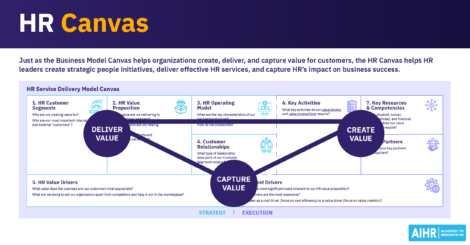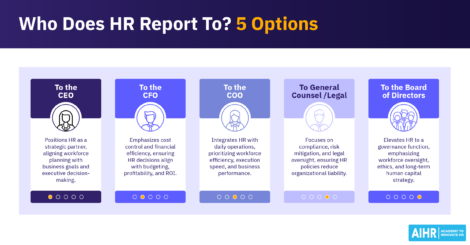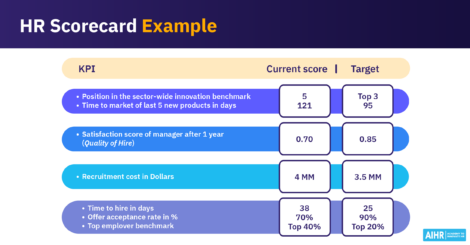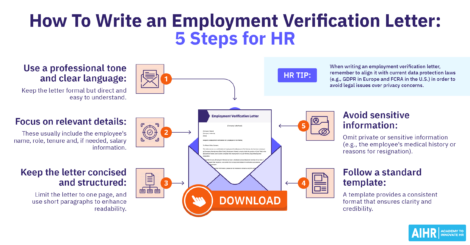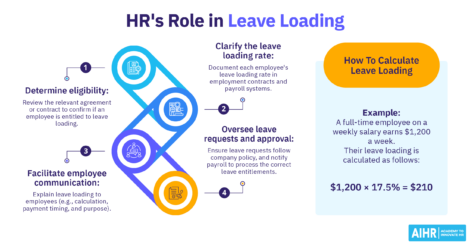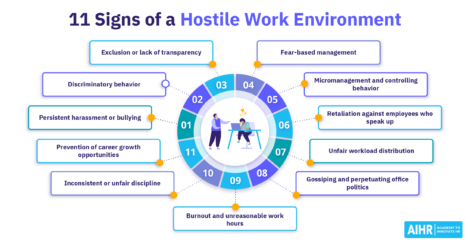[Free] Stakeholder Analysis Template: How To Conduct an Effective Analysis
Companies that create value for all stakeholders — not just shareholders — tend to perform better financially than the rest of their industry. Effective stakeholder analysis is the first step to achieving this.

Stakeholder analysis — a key component of the stakeholder management playbook — is a valuable tool for understanding the people behind every project. A project’s success depends not just on budgets and timelines but also on how well you know the people involved and how they may influence outcomes.
You can tackle change efficiently by mapping out stakeholders, evaluating their influence and interest, and planning tailored engagement. This article explains the process in clear, actionable steps and provides a free stakeholder analysis template to download and customize for your organization’s needs.
Contents
What is stakeholder analysis?
When to conduct stakeholder analysis: 5 scenarios
The pros and cons of using a stakeholder analysis template
What to include in a stakeholder analysis template
Choosing a stakeholder analysis model
Free stakeholder analysis template
Techniques for conducting stakeholder analysis in HR
What is a stakeholder analysis?
A stakeholder analysis is a systematic process that identifies, assesses, and prioritizes the individuals or groups who are affected by or can affect a project or organizational transformation. It helps you pinpoint who matters, understand their expectations, and plan how to engage them effectively to address their concerns and communicate with them smoothly.
The analysis starts by listing everyone involved—from senior leaders to employees and external partners—and sorting them into meaningful categories. This gives a clear picture of their roles and influence. With this insight, you can allocate resources wisely, anticipate resistance, and drive the project toward success.
Example of a stakeholder analysis in HR
Say an HR department is rolling out a new software system to manage employee records, payroll, and leave. A stakeholder analysis, in this case, would identify both champions and potential resistors. Here’s how you might break it down:
Mapping stakeholders and their interests
Senior management
Cost savings, improved efficiency, and data accuracy
HR team
Easier process management and reduced admin workload
IT department
System security and integration with existing tools
Employees
Ease of use, accessibility, and user-friendly interface
Payroll team
Accuracy in payroll processing and compliance requirements
Assessing influence and importance
High influence, high interest (key players)
Senior management, HR team
Regular updates and involvement in decision-making
High influence, low interest
IT department
Assurances on system security and data protection
Low influence, high interest
Employees
Training and ongoing support for adoption
Low influence, low interest
Payroll team
Needs basic awareness of how the system affects their processes
Engagement and communication strategies
Senior management
Present business benefits and ROI analysis
HR team
Conduct training sessions and involve them in software testing
IT department
Collaborate early to address security and integration concerns
Employees
Provide user guides and plan Q&A sessions
Payroll team
Highlight system improvements in payroll accuracy
When to conduct a stakeholder analysis: 5 common HR scenarios
As every project is unique, no single stakeholder analysis fits all scenarios. Below, we’ve suggested five common situations where a stakeholder analysis is especially useful, along with simple steps to follow.
Scenario 1: Change management initiatives
Organizational changes — whether restructuring, adopting new technology, or updating policies — often face resistance if employees feel sidelined. Effective HR change management is required to ensure a smooth transition.
Do this:
- Identify: List all individuals affected by the change, from employees to department heads
- Assess: Evaluate their influence and predict potential resistance
- Engage: Develop a communication plan that keeps everyone informed and involved in the transition.
Scenario 2: Employee engagement and retention projects
For initiatives aimed at boosting employee engagement or reducing turnover, stakeholder analysis helps you consider diverse perspectives and prioritize high-impact initiatives.
Do this:
- Identify: Map out the influencers in your organization, including managers, HR leaders, and employees
- Assess: Understand what motivates each group and what concerns they might have
- Engage: Tailor your messages to align with both business goals and employee expectations, ensuring leadership is visibly on board.
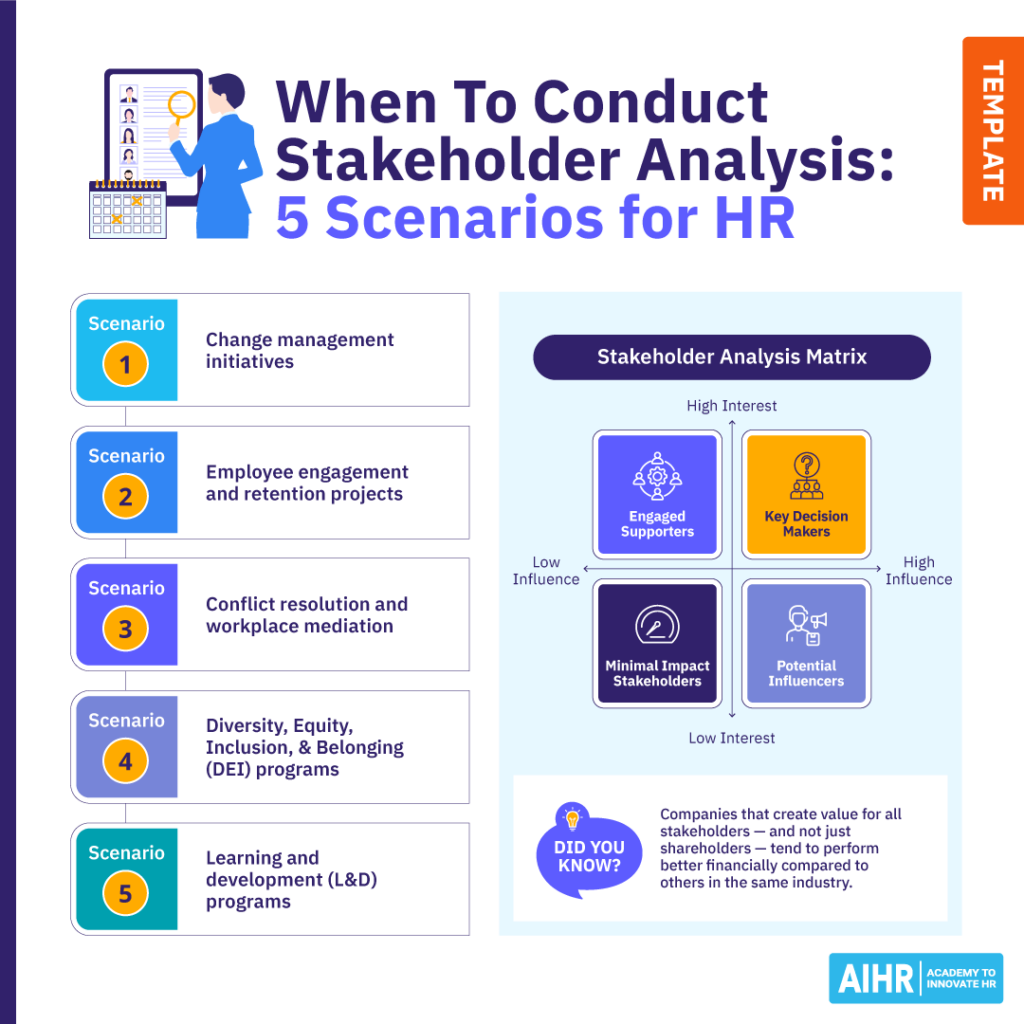
Scenario 3: Conflict resolution and workplace mediation
Conflicts can derail productivity and morale. A targeted stakeholder analysis can help by identifying all involved and enabling neutrality and fairness.
Do this:
- Identify: Confirming who is directly or indirectly involved in the conflict
- Assess: Determine power dynamics and potential outcomes
- Engage: Establish a neutral HR communication strategy to facilitate fair discussions and reach a resolution.
Scenario 4: Diversity, Equity, Inclusion, and Belonging programs
Successful Diversity, Equity, Inclusion, and Belonging (DEIB) programs require buy-in from across the organization. Without thorough stakeholder analysis, these initiatives may fail to address key barriers (or exclude important perspectives).
Do this:
- Identify: Engage both leadership and the broader employee base
- Assess: Determine which groups have the most at stake and may face challenges
- Engage: Secure early commitment from leaders and gather feedback from underrepresented groups to ensure the initiatives address real needs.
Scenario 5: Learning and development programs
Learning and development (L&D) programs must align with employee growth and business objectives. Stakeholder analysis helps you prioritize the right topics, delivery methods, and training opportunities.
Do this:
- Identify: Consult with department heads and employees to determine training needs
- Assess: Recognize any budget or resource constraints that might affect the program
- Engage: Ensure leadership supports the initiative and the training aligns with business objectives.
The pros and cons of using a stakeholder analysis template
Provides a clear framework to identify, assess, and prioritize stakeholders.
Templates may need tweaking to suit specific HR needs.
The ready-made format minimizes the need to start from scratch.
May miss subtle differences in stakeholder dynamics.
Helps ensure no key stakeholder is overlooked.
Stakeholder positions can change, requiring frequent updates to the template.
Tools like grids and matrices offer a clear picture of influence and interest.
Over-reliance on a template may lead to one-size-fits-all solutions.
Offers clear directions for tailoring communication strategies.
May not fully capture the complex nuances of interpersonal relationships.
Acts as a common reference point for HR teams and leadership.
Without clear definitions, different teams may interpret the template differently.
What to include in a stakeholder analysis template
A solid stakeholder analysis template should cover the following essential elements to ensure you have all the information necessary to engage effectively with your stakeholders:
Stakeholder identification
Create a detailed list of all individuals, teams, or departments who are impacted by or can impact the project. For each stakeholder, gather these details:
- Name and role: Who they are and what they do (e.g., HR Manager, IT Director).
- Department/team: Their place within the organization.
Stakeholder classification
Divide stakeholders into the following groups based on their relationship to the project:
- Primary stakeholders: Directly involved or impacted.
- Secondary stakeholders: Indirectly affected.
- Key stakeholders: Those with significant influence or interest.
- Minimum-impact stakeholders: Those with minimal influence or interest.
Stakeholder mapping (Power-Interest Grid)
A visual representation of stakeholders using a Power-Interest Grid helps determine required engagement levels by placing them into one of four quadrants:
- High power, high interest: Requires active, ongoing engagement.
- High power, low interest: Can be satisfied with periodic updates.
- Low power, high interest: Should be kept informed through regular communication.
- Low power, low interest: Requires minimal monitoring and occasional updates.
Engagement assessment
This assessment informs how you plan your interactions. Determine each stakeholder’s current position:
- Supportive: Already in favor.
- Neutral: Indifferent but could be persuaded.
- Resistant: Likely to oppose the change.
Stakeholder expectations and concerns
Document what each stakeholder expects from the project, as well as any concerns they might have. Ask them:
- What benefits do they expect?
- What worries might hold them back?
- Have there been issues with similar projects in the past?
Communication and engagement strategies
Lay out a clear plan for how you will communicate with each group:
- Methods: Meetings, email updates, workshops, etc.
- Frequency: How often you should contact each stakeholder.
- Responsibility: Who will handle the communications.
Learn how to establish your credibility as a strategic HR leader
Conducting a stakeholder analysis is an important part of positioning HR as a strategic pillar in the organization.
In AIHR’s HR Manager Certificate Program you’ll learn how to analyze HR customers and individual stakeholders, develop programs tailored to their needs, and identify HR initiatives that will support business goals.
Stakeholder action plan
Engage with key stakeholders to ensure project success. Outline specific steps you’ll take to engage each stakeholder. These should include:
- Action items: Steps to address concerns or build support.
- Responsible person: The individual managing the engagement.
- Timeline: When to carry out and complete different actions.
- Status: Current progress (pending, in progress, or completed).
Risk assessment and mitigation plan
Identify potential risks that could arise from stakeholder resistance or misalignment. For each risk, provide a mitigation strategy. Below is an example:
Executive pushback due to budget constraints
Engage key decision-makers early to secure leadership buy-in.
Employee resistance due to fear of job displacement
Offer training and support to employees affected by the change.
IT security concerns over new software implementation
Collaborate with IT teams to ensure system security and compliance.
Monitoring and review process
Stakeholder dynamics can change, so it’s important to regularly update your analysis. This should include:
- Review frequency: Set regular intervals for updates.
- Feedback mechanisms: Use surveys or check-ins to gauge ongoing sentiment.
- Adjustment plans: How you plan to change engagement strategies as needed.
Choosing a stakeholder analysis model
Stakeholder analysis templates serve various purposes, from assessing stakeholder influence to guiding engagement strategies. Below are the outlines of several models, along with tips on when and how to use them.
1. Power-Interest Grid (Mendelow’s Matrix)
Developed by academic and corporate strategy advisor Aubrey L. Mendelow, the Power-Interest Grid — or Mendelow’s Matrix — provides a quick snapshot of stakeholder influence and interest in your project.
How it works
The Power-Interest Grid plots stakeholders into four quadrants:
- Low influence, low interest: Requires minimal engagement (e.g., external service providers).
- Low influence, high interest: Keep them informed as the project affects them (e.g., employees using new HR software).
- High influence, low interest: Not actively involved (e.g., CFO, regulatory bodies).
- High influence, high interest: Needs active management (e.g., CEO, HR Director).
When to use it
This model is ideal for categorizing stakeholders based on their influence and interest in a project, as it helps prioritize engagement efforts.
Example in action
When rolling out a new performance management system, senior leadership and HR (high influence and interest) are engaged closely, while IT receives periodic updates. External vendors (low influence and interest) are informed only when necessary.
2. Influence-Impact Matrix
An adaptation of the Power-Interest Grid, the Influence-Impact Matrix offers a deeper look at both the power stakeholders have and how directly a project affects them.
How it works
The Influence-Impact Matrix helps evaluate stakeholders based on two factors:
- Influence: Their power to affect the project.
- Impact: The extent to which the project affects them.
When to use it
When the project requires careful handling of both stakeholder influence and the direct impact on them, such as HR policy changes or company restructuring.
Example in action
Senior executives who drive policy are engaged regularly, while departments that are less affected receive updates as needed. Employees who will be most affected by the change must be informed and supported through clear communication and resources to manage their expectations and ensure a smooth transition.
3. Stakeholder Salience Model (Mitchell, Agle, and Wood)
The Stakeholder Salience Model prioritizes stakeholders based on their power, legitimacy, and urgency, highlighting who needs immediate attention.
How it works
The Stakeholder Salience Model classifies stakeholders by three key attributes:
- Power: Their ability to influence outcomes.
- Legitimacy: The validity of their stake in the project.
- Urgency: The immediacy of their concerns.
Stakeholders fall into seven categories, from dormant (high power, low urgency) to definitive (possessing all three attributes and requiring immediate attention).
When to use it
When you’re handling complex projects with competing stakeholder demands, such as mergers and acquisitions or corporate restructuring.
Example in action
During a company-wide restructuring, executives with decision-making authority, legitimacy, and urgent concerns receive top priority, while others with less urgency are managed with routine updates.
4. RACI Matrix
The RACI (Responsible, Accountable, Consulted, Informed) Matrix clearly defines roles and responsibilities to prevent confusion in large or cross-functional projects.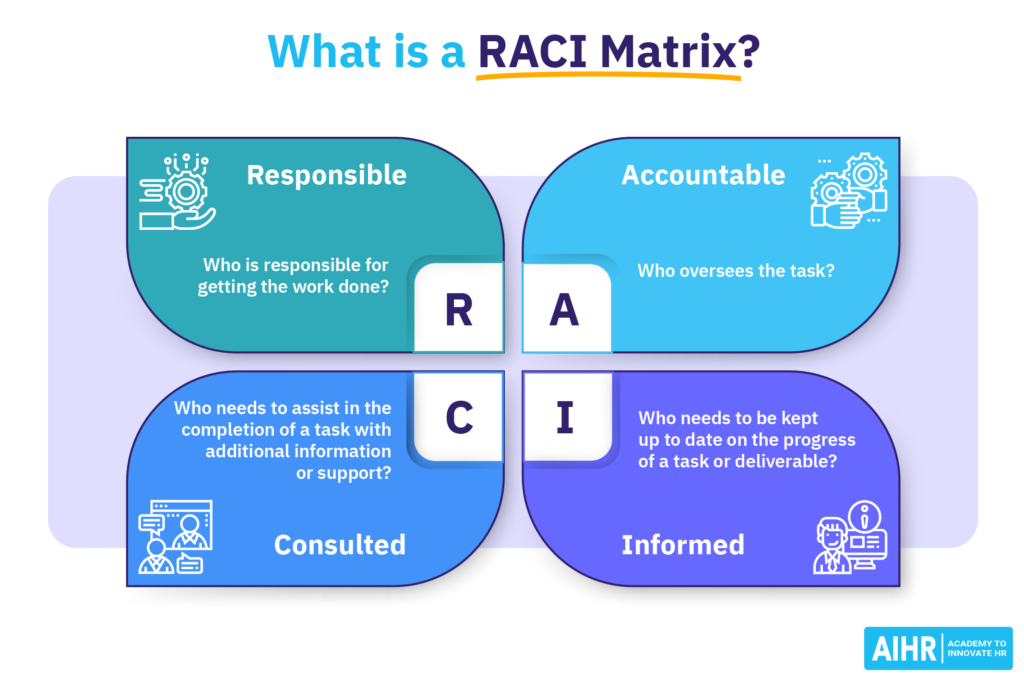
How it works
The RACI Matrix assigns stakeholders one of four roles:
- Responsible (R): Does the work.
- Accountable (A): Makes the final decision.
- Consulted (C): Provides input.
- Informed (I): Needs updates but doesn’t make decisions.
When to use it
When you need to clarify roles and responsibilities in large projects or HR process improvements.
Example in action
In a software implementation project, IT is responsible for technical setup, HR is accountable for rollout, employees are consulted for usability feedback, and finance is kept informed about budget implications.
For a free, customizable RACI template and a guide on how to use it, read our full article on the RACI Matrix.
5. Stakeholder Engagement Map
The Stakeholder Engagement Map visually organizes relationships, showing who is central to your project and who is more peripheral.
How it works
The Stakeholder Engagement Map arranges stakeholders in the following concentric circles:
- Those at the center are key players requiring active engagement.
- The rest are placed further out based on their level of involvement.
You can use this model in conjunction with the next one, the Stakeholder Engagement Assessment Matrix.
When to use it
When you need to visualize relationships and prioritize engagement, especially during change management and HR transformation projects.
Example in action
In a diversity initiative, HR leaders form the core, employees fall into the mid-level ring, and external consultants are placed on the outer circle for periodic input. This clear visual representation helps HR focus their efforts on the most critical relationships for project success.
6. Stakeholder Engagement Assessment Matrix
The Stakeholder Engagement Assessment Matrix tracks current support levels and pinpoints areas that require extra effort.
How it works
The Stakeholder Engagement Assessment Matrix assesses stakeholders according to:
- Current engagement level (opposed, neutral, supportive, or champion)
- Desired engagement level
- Actions needed to move them closer to project goals.
This matrix might look like this (C = current, D = desired):Opposed Neutral Supportive Champion Actions Stakeholder #1 C Stakeholder #2 D Stakeholder #3 C
When to use it
When handling long-term projects where you need to track stakeholder support levels over time.
Example in action
In an employee wellness program, track which managers are neutral and develop steps to convert them into advocates. For instance, some managers may start as neutral and need targeted communication and training to become supportive. At the same time, employees already supportive of such initiatives could be further engaged to become champions.
7. Stakeholder Mapping Template
The Stakeholder Mapping Template is a flexible tool to document names, roles, influence, and communication preferences.
How it works
The Stakeholder Mapping Template typically documents the following details on each stakeholder:
- Stakeholder name and role
- Level of influence and interest
- Preferred communication method
- Key expectations and concerns
- Proposed engagement strategy.
When to use it
You can use it as a general-purpose tool you can customize for different HR and organizational projects.
Example in action
You can use the template for a mental health initiative to map out all key stakeholders, ensuring tailored messaging and targeted support. This structured approach ensures each stakeholder’s expectations and concerns are addressed effectively.
Free stakeholder analysis template
AIHR has designed a free, customizable stakeholder analysis template to help you identify, prioritize, and engage key stakeholders effectively.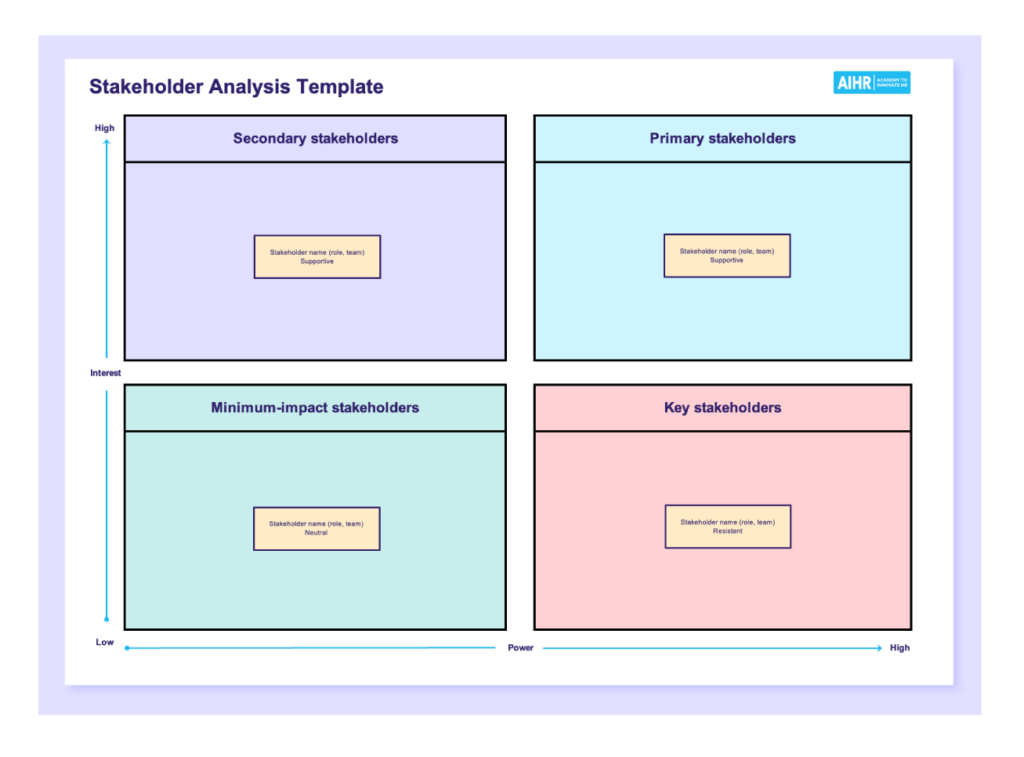
Techniques for conducting stakeholder analysis in HR
There are several practical techniques to choose from when conducting a stakeholder analysis. The method you pick should align with your project goals and the specific challenges you face.
Using the Power/Interest Matrix (Mendelow’s Matrix)
- What it does: Categorizes stakeholders by their power to influence and interest in the project. It helps prioritize stakeholders by determining the appropriate level of engagement for each group.
- How to use it: Place each stakeholder on a grid to decide who needs close management and who requires only minimal updates.
Using SWOT analysis to determine stakeholder impact
- What it does: Evaluates the strengths, weaknesses, opportunities, and threats (SWOT) related to stakeholder dynamics. An HR SWOT analysis, for instance, details stakeholder motivations, concerns, and potential areas of resistance or support in your HR department.
- How to use it: Identify what stakeholders value, where they might push back, and where you can leverage support.
Analyzing influence and impact
- What it does: Measures the power each stakeholder holds versus the impact of the project on them. It helps identify which stakeholders require proactive engagement to prevent potential roadblocks.
- How to use it: Prioritize proactive engagement for those with both high influence and high impact.
Analyzing historical data
- What it does: Reviews past projects to understand how stakeholders reacted. It helps you predict stakeholder responses to similar future initiatives, and refine engagement strategies accordingly.
- How to use it: Use historical trends to anticipate challenges and replicate successful engagement strategies.
Social network analysis (SNA)
- What it does: Maps informal relationships and influencers within your organization. This method identifies hidden influencers who may not hold formal leadership roles but possess significant sway over team opinions.
- How to use it: Identify hidden influencers who can help drive acceptance even if they don’t hold formal leadership positions.
To sum up
Using a stakeholder analysis template is a strategic approach to ensuring projects, particularly within HR, run smoothly and effectively. By identifying key players, their interests and influence, and tailoring engagement strategies, you can anticipate challenges, secure necessary buy-in, and build stronger relationships across the organization.
However, it’s important to remember that while templates offer structure and consistency, they are most effective if you apply thoughtful, context-specific insights to their use. Every project comes with unique dynamics and challenges, so it’s crucial to customize these tools to fit specific needs.
Learn more
Related articles
Are you ready for the future of HR?
Learn modern and relevant HR skills, online







